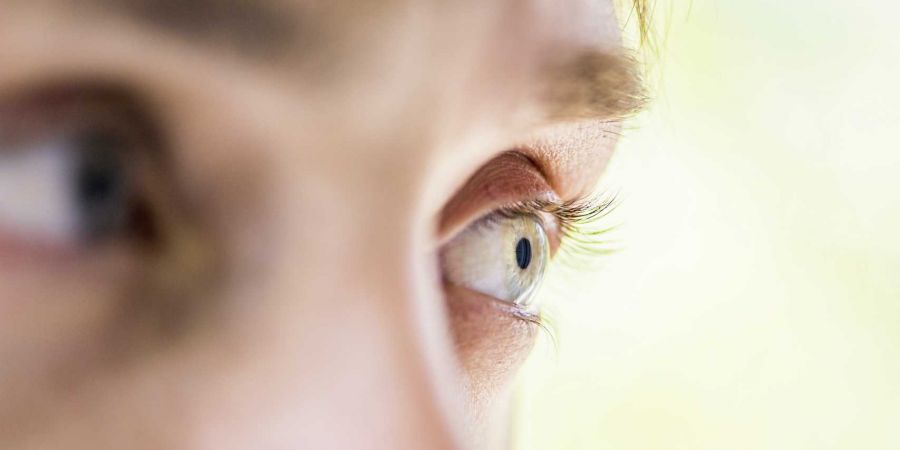

Diabetes, like all other organs in the body, affects the eyes. It is one of the leading causes of blindness. Common visual impairments in diabetics and their treatment.
Diabetic patients are more likely to develop diabetic retinopathy. Diabetic retinopathy (DR) is a disorder of the retina and small blood vessels in the eye caused by diabetes. The retina is similar to the film on the camera. Where view is possible. Therefore, even minor damage to the retina and optic nerve can impair vision.
As a result, accurate images are not formed in the retina and images are not able to reach the brain accurately. Depending on the extent of the problems in the retina, it can range from thinning to complete blindness.
In the early stages of diabetic retinopathy, it affects the retina of the eye and the central macula. When blood sugar levels rise, blood leaks out of the blood vessels in the retina, causing damage to the retina. Then new blood vessels develop. But they will be weak and will break quickly.
Diabetic retinopathy does not occur immediately after the onset of diabetes. Over time, this conquers the view. A person with diabetes before the age of 30 will develop diabetic retinopathy after 10 years. Thus a person with diabetes initially goes undiagnosed as diabetic retinopathy.
Diabetic retinopathy is more common in pediatric diabetics than in adults. Uncontrolled diabetes precedes retinopathy. Juvenile diabetes. Symptoms include blurred vision, dark circles under the eyes, circles around the light, and blurred vision.
In the early stages of non-proliferative diabetic retinopathy, the small blood vessels in the retina are damaged and blood or other fluid leaks out. It is found in about 25% of diabetics. Symptoms include thickening of the blood vessels in the retina and the appearance of red spots or marks on the retina.
The secretions in the blood vessels come out and moisten the retina. This causes the retina to swell and blurred vision when this inflammation affects the central macula. Such secretions accumulate in the center of the retina.
Blurring of the eyes when reading or observing nearby objects. Diabetes mellitus is a condition that affects the macula. Proliferative diabetic retinopathy - a condition in which too many blood vessels in the retina are damaged. The function of the blood vessels slows down and the retina does not get enough nutrition.
New blood vessels replace the damaged small blood vessels on the surface of the retina. These blood vessels rupture, causing bleeding inside the eye and wrinkling and swelling of the retina. In the final stage, painful pressure builds up around the blood vessels and vision can be impaired.
Controlling diabetes is important. Laser treatment is effective if needed based on tests. This is a method of burning damaged cells using strong light rays.
There is no need to stay in the hospital as it does not cause any pain or other problems. After laser treatment, check at regular intervals and repeat laser if necessary.
If there is bleeding in the eye or the retina is swollen and vision is impaired, the problem can be treated with vitrectomy. Anti-vascular injection, an infusion of vitreous, is effective in severe cases.
The severity and prevalence of diabetic retinopathy can be reduced with early treatment. Emphasis should be placed on the necessary preparations to control diabetes. As treatment is delayed, bleeding in the eye increases and vision is completely lost. Vision cannot be restored later with treatment.
1. Control diabetes through diet and exercise.
2. Lowering the risk of diabetes also increases the risk of retinopathy. 150 Care should be taken to keep it constant.
3. If you have high blood pressure and anemia along with diabetes, they should be kept under control.
4. Quit smoking
5. Diabetics should have an eye examination every 6-9 months. People with uncontrolled weight gain should be checked at three months of age. This can help prevent early detection of vision loss, which is part of diabetic retinopathy, even if vision is not impaired.
6. People with hereditary diabetes should start testing early.


